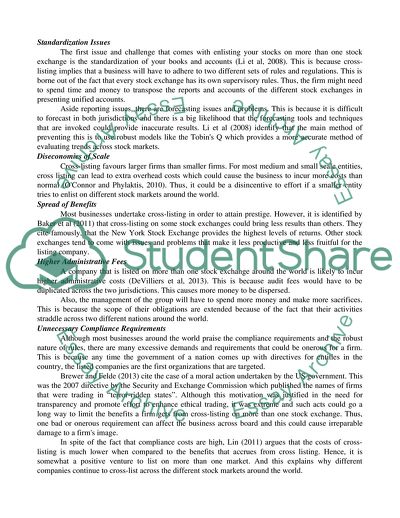Cite this document
(International financial strategy Essay Example | Topics and Well Written Essays - 4500 words, n.d.)
International financial strategy Essay Example | Topics and Well Written Essays - 4500 words. https://studentshare.org/finance-accounting/1802203-international-financial-strategy
International financial strategy Essay Example | Topics and Well Written Essays - 4500 words. https://studentshare.org/finance-accounting/1802203-international-financial-strategy
(International Financial Strategy Essay Example | Topics and Well Written Essays - 4500 Words)
International Financial Strategy Essay Example | Topics and Well Written Essays - 4500 Words. https://studentshare.org/finance-accounting/1802203-international-financial-strategy.
International Financial Strategy Essay Example | Topics and Well Written Essays - 4500 Words. https://studentshare.org/finance-accounting/1802203-international-financial-strategy.
“International Financial Strategy Essay Example | Topics and Well Written Essays - 4500 Words”. https://studentshare.org/finance-accounting/1802203-international-financial-strategy.


